Revenge Clothing:
In the ever-evolving world of street fashion, Revenge stands as a unique and controversial brand that has captivated the attention of fashion enthusiasts, influencers, and cultural critics alike. Born out of a raw blend of rebellion, exclusivity, and emotional expression, Revenge has built a strong cult following by leveraging a distinctive aesthetic, strategic mystery, and limited drops that resonate with the underground streetwear community.
Origins and Evolution of Revenge Clothing
Revenge Clothing was founded in 2016 by Garrett “Garette” Gaskins, a designer who was deeply influenced by underground culture, music, and skateboarding. The brand emerged at a time when streetwear was beginning to dominate the global fashion industry, with brands like Supreme, Off-White, and BAPE leading the charge. However, Revenge carved out its own identity through aggressive branding, dark themes, and direct connections to the underground rap scene.
Revenge first gained significant exposure through its affiliation with the late rapper XXXTentacion, who wore the brand in multiple appearances and promoted it via social media. This association gave Revenge immediate street credibility and exposed it to millions of fans who resonated with the emotional and sometimes chaotic undertones of both the artist and the brand.
Design Aesthetic and Visual Identity
https://revengeclothing.net/reveng-hoodie/At its core, Revenge Clothing embraces a dark and edgy visual style. The brand is known for its heavy use of gothic fonts, flames, skulls, and haunting color palettes that often feature black, red, and white. The iconic “Revenge” logo, often designed in sharp, jagged lettering reminiscent of metal band logos, is instantly recognizable and evokes a sense of power, anger, and rebellion.
The designs are intentionally provocative, with motifs that reflect themes of pain, betrayal, retribution, and mental struggle. These elements have made Revenge popular among youth who use clothing as a means to express internal conflicts and societal dissatisfaction.
Exclusivity and Drop Culture
One of the driving forces behind the popularity of Revenge is its use of limited drops. The brand rarely announces release dates in advance, and when it does, the items sell out within minutes. This strategy creates a sense of urgency and exclusivity that heightens demand and makes each piece more desirable.
Unlike mainstream fashion labels, Revenge does not mass-produce its items or restock previous designs. This scarcity not only increases the resale value of its products but also strengthens its underground appeal. The drop model, combined with the mysterious nature of its releases, mirrors the strategy of brands like Supreme but with a darker, more emotionally charged twist.
Revenge and Music Culture
Revenge Clothing has maintained a strong connection to the music world, particularly within the SoundCloud rap and emo rap scenes. Artists like XXXTentacion, Ski Mask the Slump God, and Juice WRLD have all been seen wearing Revenge, helping to bridge the gap between fashion and music.
This alliance with musical figures has allowed Revenge to tap into a loyal fanbase that values emotional expression, authenticity, and individuality. In many ways, Revenge is more than just a clothing brand—it represents a lifestyle and mindset rooted in struggle, pain, and personal growth. Its alignment with music that speaks to mental health, trauma, and perseverance adds layers of meaning to its designs and slogans.
Controversies and Criticism
Despite its success, Revenge Clothing has not been without controversy. Some critics argue that the brand’s themes are too dark or exploit real emotional trauma for profit. The use of symbols and imagery that flirt with violence or nihilism has sparked debates about the responsibility of fashion brands in influencing young audiences.
Additionally, the brand’s exclusivity and lack of transparency have been points of contention. Limited drops can alienate potential buyers, and the absence of traditional customer service or public relations strategies has sometimes led to confusion or frustration among fans. However, these same qualities also contribute to the brand’s mystique and allure, reinforcing its underground credibility.
Impact on Streetwear Culture
Revenge Clothing has made a significant impact on modern streetwear. It represents a new wave of fashion that prioritizes emotional storytelling, rebellion, and raw authenticity over commercial polish and mass appeal. By embracing limited production, minimal marketing, and controversial designs, Revenge has set a precedent for emerging streetwear brands seeking to disrupt the industry.
The brand’s success proves that there is a market for fashion that taps into real, often uncomfortable, emotional experiences. In a world where mental health is becoming a mainstream conversation, Revenge offers a form of wearable therapy—a way for people to wear their scars with pride and find community in shared struggle.
Customer Demographics and Appeal
Revenge primarily appeals to a younger demographic, especially those aged between 16 to 30. These are individuals who are often deeply immersed in internet culture, alternative music scenes, and personal expression through style. The brand’s raw and honest aesthetic resonates with young people who reject the norms of polished, mainstream fashion.
Revenge wearers are not just buying clothing—they’re aligning themselves with a movement. They appreciate the message behind the brand, the story it tells, and the emotions it evokes. For many, Revenge offers a way to signal identity, uniqueness, and inner strength.
Revenge in the Resale Market
Another indicator of the brand’s success is its thriving resale market. Pieces from older drops often fetch high prices on platforms like Grailed, StockX, and Depop. The rarity and cultural significance of certain designs have turned them into collector’s items, especially those worn by notable artists or released in tribute to significant moments (such as XXXTentacion’s passing).
This resale culture adds another layer to the Revenge community—one that values nostalgia, exclusivity, and investment. It also proves that the brand has staying power in a fashion world known for rapid trend cycles.
Future Outlook and Legacy
While the brand has remained relatively quiet in terms of large-scale expansion or collaborations, this restraint is intentional. Revenge continues to thrive on mystery, authenticity, and underground influence. As long as it maintains this formula, it will continue to command respect in the streetwear space.
The future of Revenge may see more collaborations with underground artists or pop-up experiences that deepen fan engagement. However, its core identity will likely remain the same—dark, bold, and unapologetically emotional.
Conclusion
Revenge Clothing is more than just a streetwear label—it’s a cultural phenomenon. It represents the fusion of fashion and emotion, exclusivity and expression, rebellion and identity. Through its powerful visual language, limited availability, and deep ties to music culture, Revenge has created a lane entirely its own.
In a world where trends come and go, Revenge Clothing stays true to its roots, empowering individuals to wear their truth boldly and without fear. Whether seen as art, therapy, or simply fashion, one thing is certain: Revenge leaves a lasting impression.
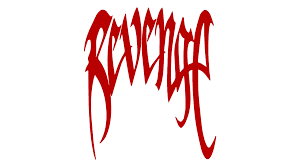
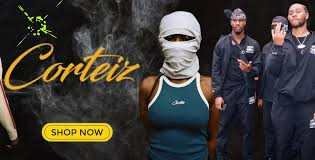
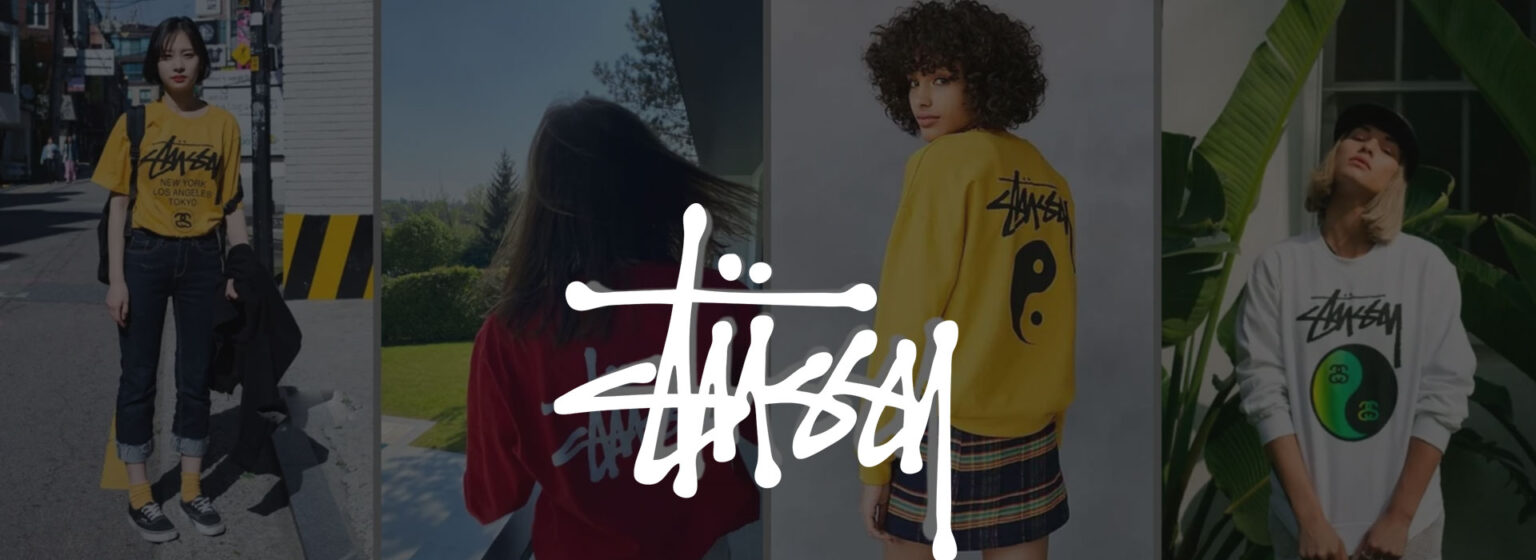

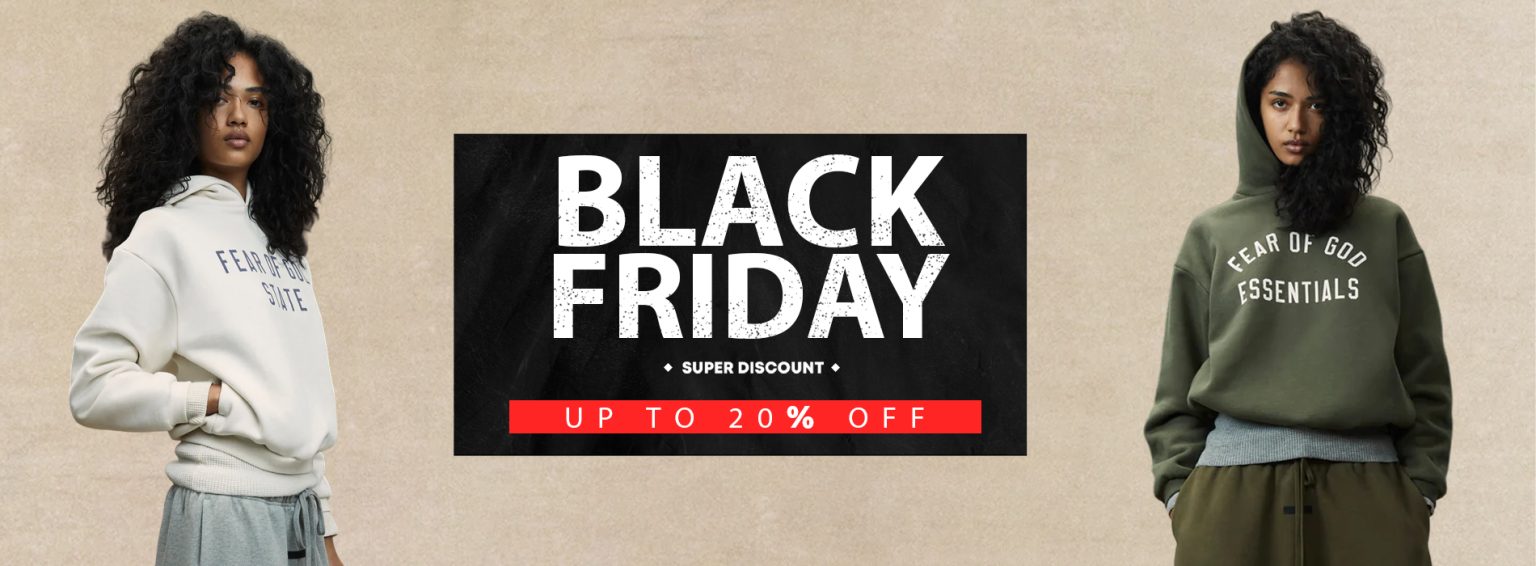


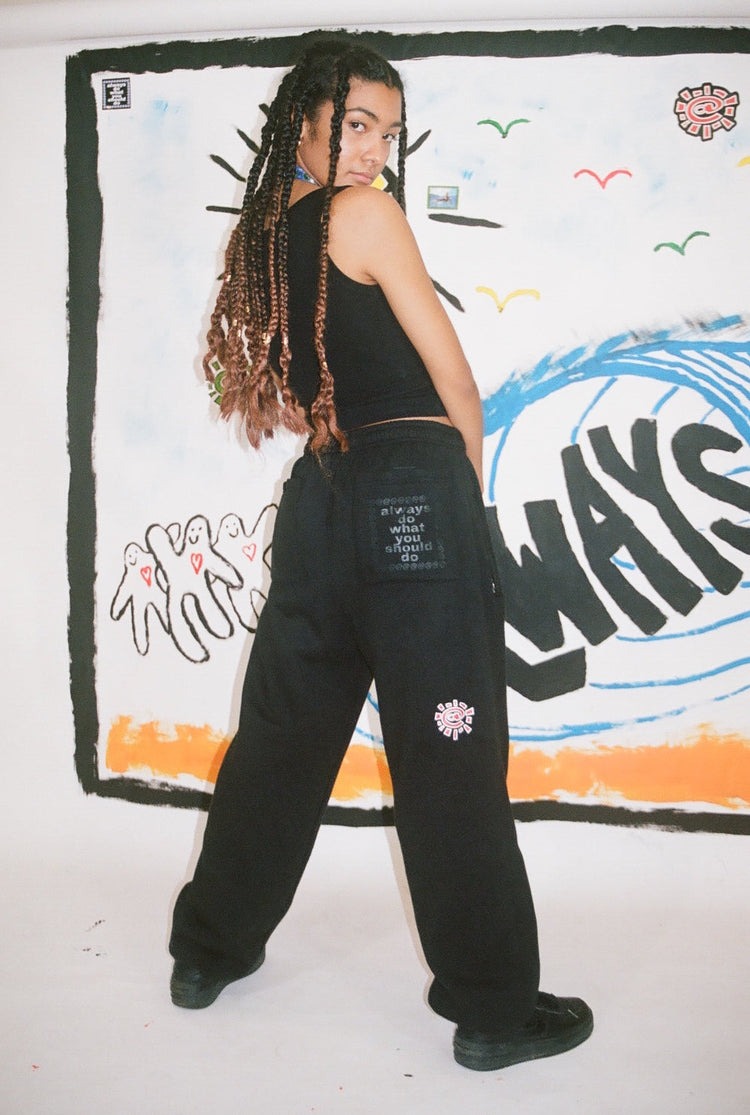
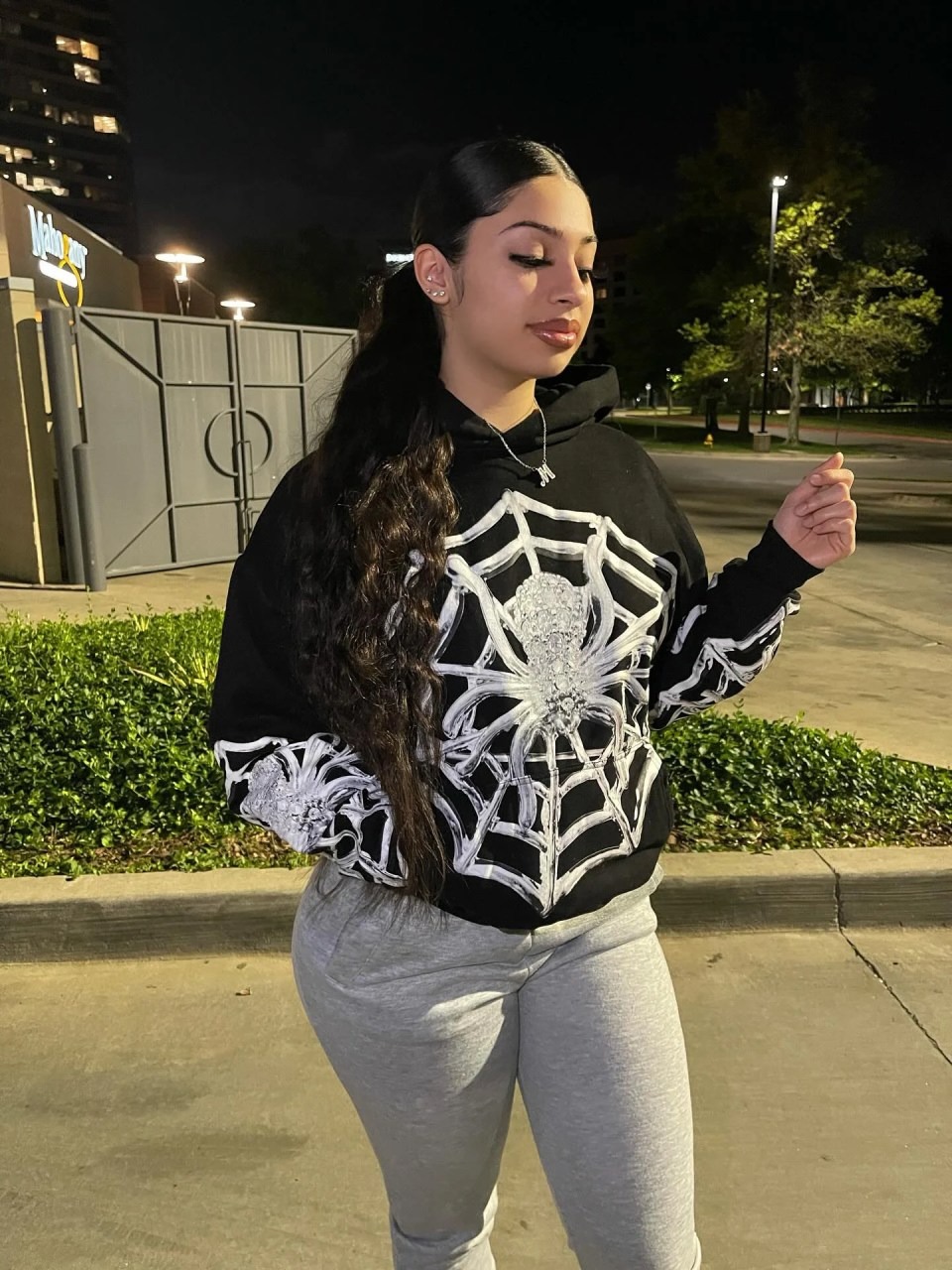


Leave a Reply